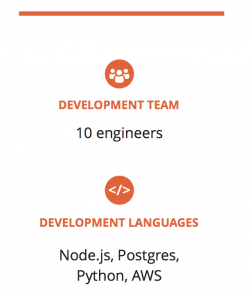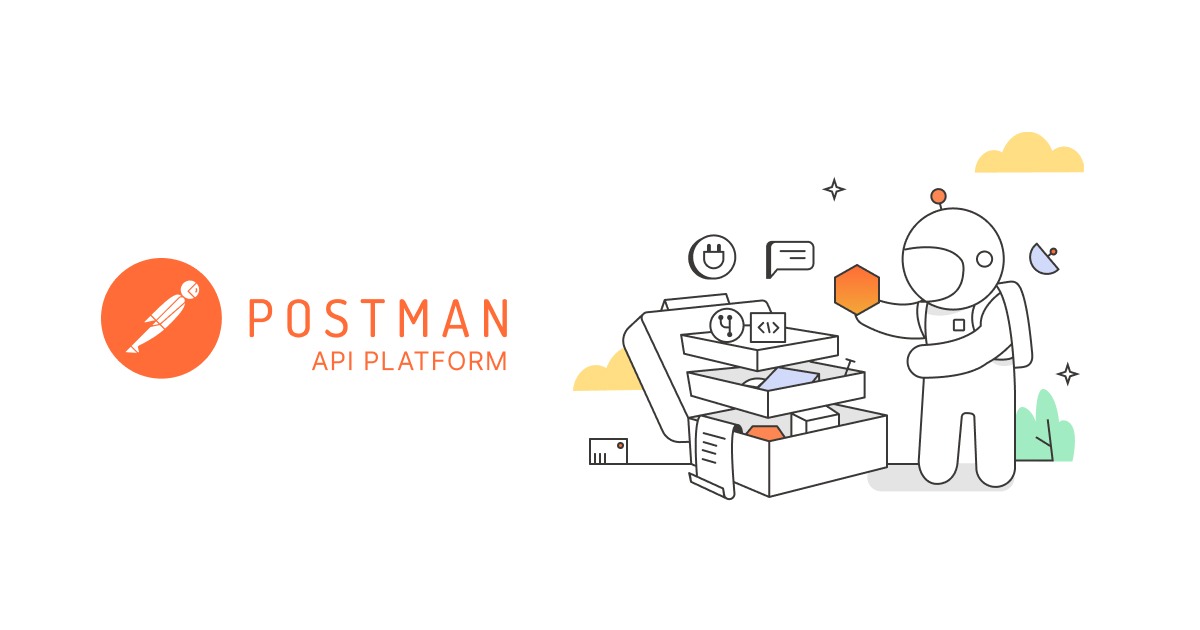Postman monitors help The League sleep better at night
The League is a social and dating mobile application, available in several cities in the United States on iOS and Android. It’s an exclusive members-only swiping app aimed at professionals, with the goal of making meeting people a better experience.
Launched in 2015, The League is a social, mobile dating app designed for aspiring power couples. Known for its selective admissions-based model, The League uses data and social graphs from both Facebook and LinkedIn to fuel its proprietary algorithm. As a mobile-first company, APIs are the cornerstone of their product. Here’s how The League uses Postman when working with their APIs.
Postman Pro as a knowledge base
“We use Postman as a knowledge base for our APIs”, says Director of Engineering Tim Zaitsev. The League engineering team shares collections and folders in Postman as a way to reference and organize the latest versions of their APIs.
If someone on their team wants to use a cURL request, they use the Postman code feature to generate a code snippet of the cURL request from the current version of the request in Postman. If someone on their team wants to test the API, they send the requests using Postman as the client along with a Postman environment to configure the root domain for each endpoint.
Postman for easy access
Having a single point of control for The League’s APIs is especially important when onboarding new team members and engineering interns. Postman is a simple way to try out a route, and see the response, and demonstrate how an API handles authorization.
When the engineering team changes a route, anyone can go into Postman and test the new endpoint and know they’re looking at the latest version of the product.
“As someone without an engineering background, I can go in to Postman and do the same thing as an engineer. It makes it easy to learn how a new product is working and to test existing products,” says Chris Costes in Product Development.
Postman for monitoring endpoints
“We also use Postman for monitoring and loading our backend. Lots of systems can do that, but when we need to customize that flow, Postman makes it easy,” says Tim.
The League uses Postman monitors to send a network request every 5 minutes to test things that would effect their mobile app users in production. They also set up the built-in integration with PagerDuty to alert them when a monitor triggers an unexpected response.
“Postman monitors help us sleep better at night. They give us the confidence to make sure our product is working at all times of the day,” says Chris. An alert will let the team know immediately if something has happened, what will be impacted, and the extent of the damage.
We use Postman as a knowledge base for our APIs.
We also use Postman for monitoring and loading our backend. Lots of systems can do that, but when we need to customize that flow, Postman makes it easy.
Tim Zaitsev, Director of Engineering

